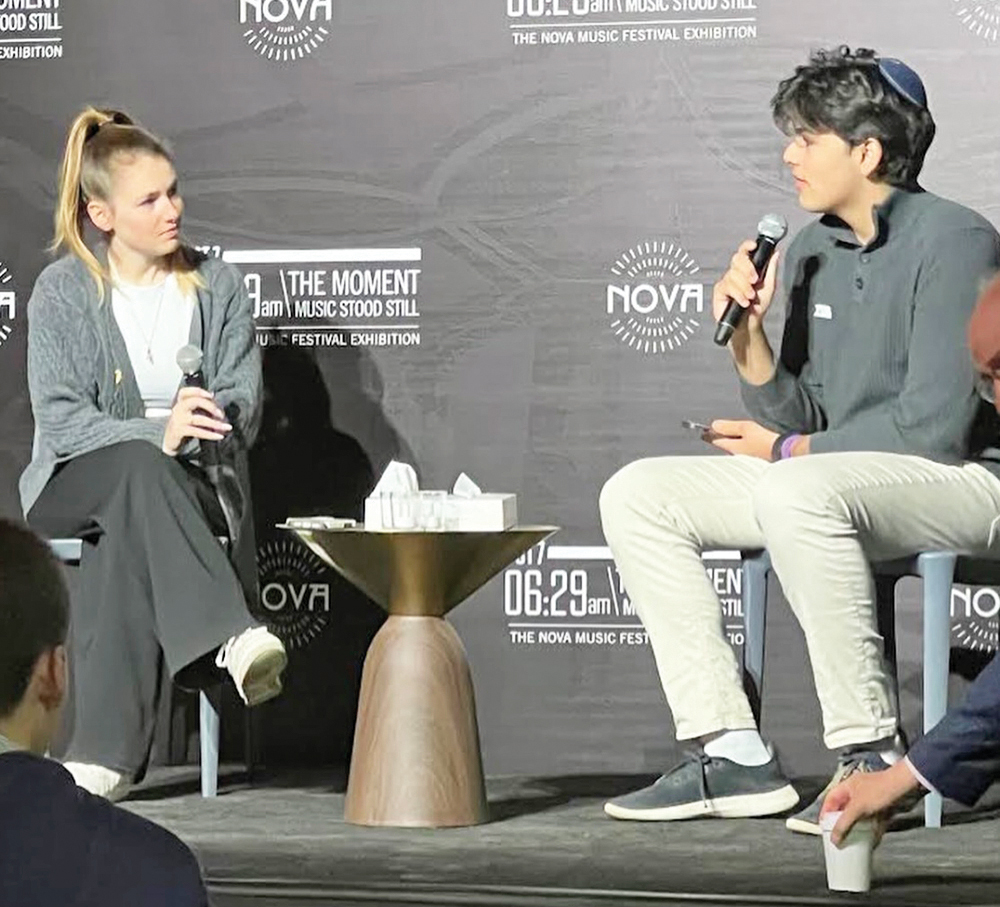Meisit Treated More Harshly Than a Navi Sheker
Devarim, perek 13 describes two different types of people who try to influence us to serve avodah zara: the Navi sheker (false prophet, Devarim 13:2-6) and meisit (the enticer, Devarim 13:7-12). The Navi sheker falsely publicly claims that he received a prophecy (nevuah) from Hashem directing us to serve avodah zara. The Torah instructs us to impose the death penalty on this malign character.
The meisit—by contrast—conducts private one-on-one meetings attempting to entice Jews to avodah zara. The Torah instructs—in many ways—not to extend the meisit even a bit of mercy. Instead, we must put him to death. The Navi sheker seems far more damaging than the meisit, since the former addresses many more people. So why does the meisit receive a harsher punishment, when the Navi sheker has a more negative impact?
Explanation Number One
An answer emerges from the Torah’s distinction between two types of thieves—a ganav and the gazlan. A ganav steals secretly and must pay double the stolen item’s value. The gazlan, though, steals in broad daylight and returns the stolen object and no more. The Gemara (Bava Kamma 79b) explains that Hashem is tougher on the ganav because he fears people but not Hashem. The gazlan, by contrast, is just a reckless person who does not fear Hashem or people. The meisit is like the ganav and merits harsher treatment. But, on the other hand, the Navi sheker is reckless and does not merit as severe a consequence.
Explanation Number Two
Second, one risks having someone refute his arguments when speaking in public. A meisit—on the other hand—tries to capitalize on a close relationship with an uninformed individual in a private conversation where no one is present to disprove the meisit. Therefore, the meisit is more dangerous than the Navi sheker.
Approach Number Three: The Alter of Kelm
The Alter of Kelm notes that a meisit’s one-on-one conversation can have more impact than a Navi sheker addressing a stadium full of listeners. One makes a greater impact when focusing on one person, instead of a large audience.
Extracting a Positive Message From the Meisit
The Alter of Kelm observes that the Torah’s ultra-harsh approach to the meisit yields an uplifting message. Rashi (to Shemot 20:6) notes that Hashem rewards 500 times more intensely than He punishes. He notes that Hashem rewards those who follow the Torah for 1000 generations, while He punishes sinners for only four generations. Hashem wants us to do good and succeed and is thrilled to reward us generously!
Accordingly, the exceedingly harsh treatment of the meisit unexpectedly teaches the unfathomably rich reward Hashem bestows on those who try to influence fellow Jews in one-on-one dialogue positively. Considering how harshly Hashem treats the meisit and magnifying it 500 times, we sense the intensity of the reward Hashem grants those who try to influence others to do good.
Conclusion:
An Amazing ‘Coincidence’
While typing these last words, I received a “mistaken” call from Rav Yehuda Kopstick. Rav Kopstick has learned mishnayot each evening with my son, Hillel, and two other boys. I told Rav Kopstick that the call was no mistake. Hashem communicated through this remarkable coincidence the enormous reward He presents to Rav Kopstick for carving time from his busy schedule for this private learning!
Rabbi Jachter serves as the rav of Congregation Shaarei Orah, rebbe at Torah Academy of Bergen County, and a get administrator with the Beth Din of Elizabeth. Rabbi Jachter’s 16 books, including a brand new book on Sefer Devarim, may be purchased at Amazon and Judaica House.












